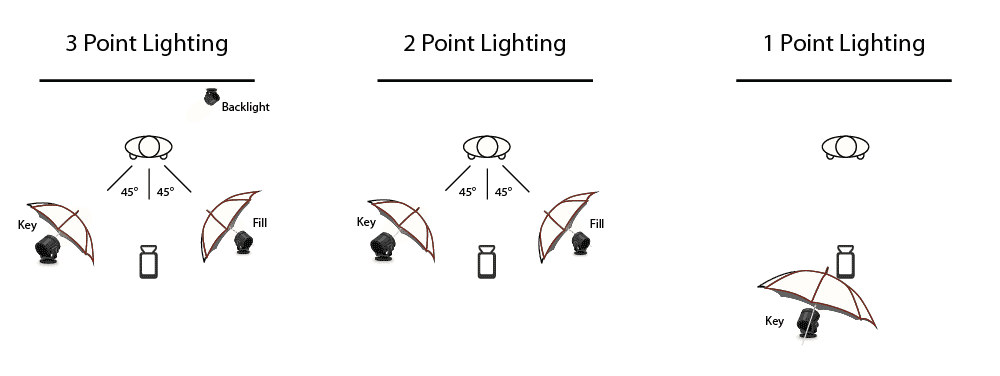WHAT ARE STUDIO PORTRAITS?
Studio portraits are portrait photographs composed and captured in a studio, this means the photographer has control over the lighting of the composition of the subject and can adjust direction and intensity of light. Studio photography is preformed indoors. There are many ways to light a subject’s/ objects face, some of them are:
- Three-point lighting
- Key-light
- High-Key
- Low-Key
- Fill-in light
- Back light
- Flash
Many other aspects of study portraits photography will affect the final photo taken , such as intensity of the direction and temperature of the light and white balance. The table below shows the Kelvin Colour temperature scale. It is a way to describe the light appearance provided by a light bulb. It is measured in degrees of Kelvin (K) on a scale from 1,000 to 10,000. Usually, Kelvin temperatures for commercial and residential lighting applications fall somewhere on a scale from 2000K to 6500K.
Lighting positioning techniques are also used to create diversity in studio portraiture, and a 3 point lighting system is the most common. The Three Point Lighting is a technique used in visual media such as video, film, still photography and many more. It is used to light a subject from three different light sources and angles. This is done in order to manipulate shadows, create contrast, and increase the overall quality of the footage that is captured.
- the Fill light is placed on the opposite side of the key light. It is used to fill the shadows created by the key. The fill will usually be softer and less bright than the key
- the key light is the main light used to illuminate your subject, It is most often placed at an angle that lights one section of your subject. This angle can range from 15 and 70 degrees, with 45 degrees being most common.
- the backlights purpose is to offset the flattening of dimensions caused by your key and fill light. It approaches from behind your subject, often at an angle.
WHY DO WE USE STUDIO LIGHTING?
Studio lighting is essential to most photographers’, especially in studios. It allows us to create natural lighting effects in a variety of situations, and is far more controllable than a flashgun. Indoors, it allows photographers to illuminate objects or subjects in specific ways, using different techniques such as chiaroscuro.
HISTORY
Studio photography goes back to 19th century and photographic technology has been continuously evolving since the first photographs shot with all-natural materials in 1824. The first studio photographers had to carefully combine chemicals in precise amounts for every single exposure, however now, today’s modern digital SLR cameras capable of capturing razor-sharp images without film.
With advancements in equipment, technology and techniques, studio photography began to develop as it became easier to produce high-quality images indoors. The first commercial studio photography was portraits of people. By the 1940s, studio photography had almost completely replaced painting for portraiture as the photography process was much simpler and took less time.
EXAMPLES OF STUDIO PORTRAITS:
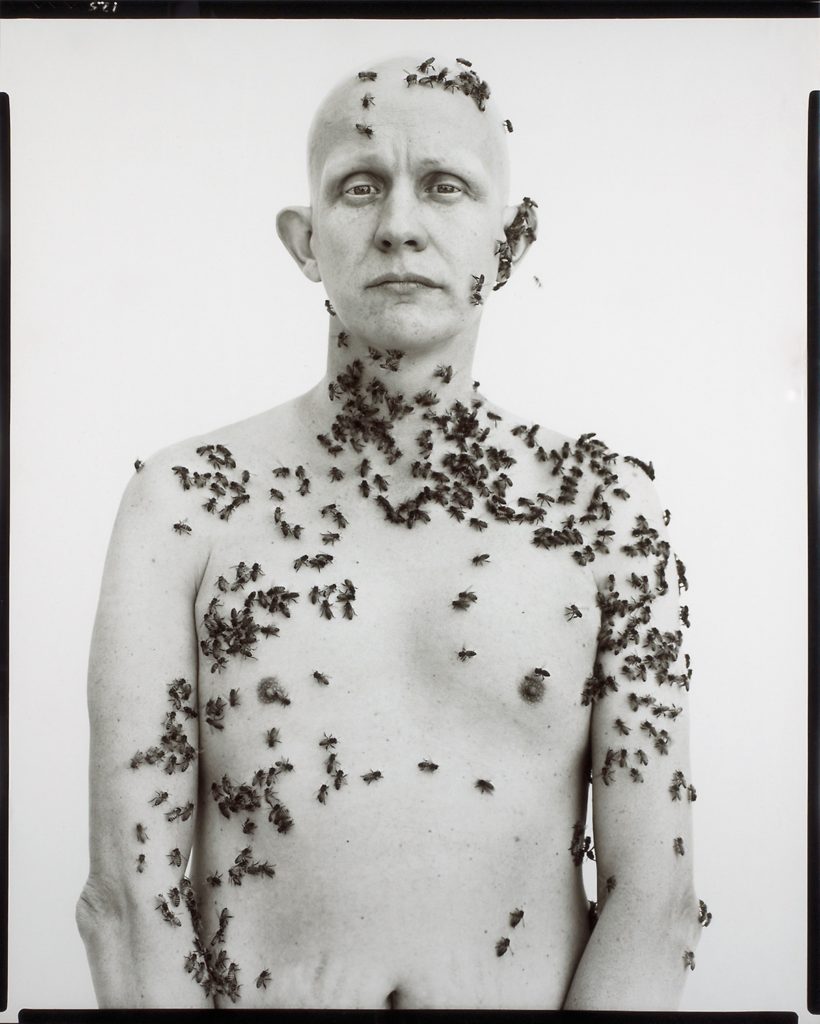
Bee man, Richard Avedon 
Fashion photography, Richard Avedon

Geoff Jones 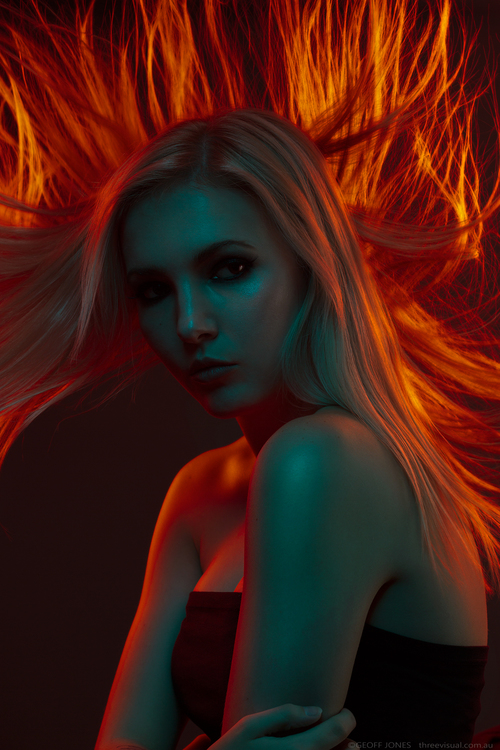
Geoff Jones
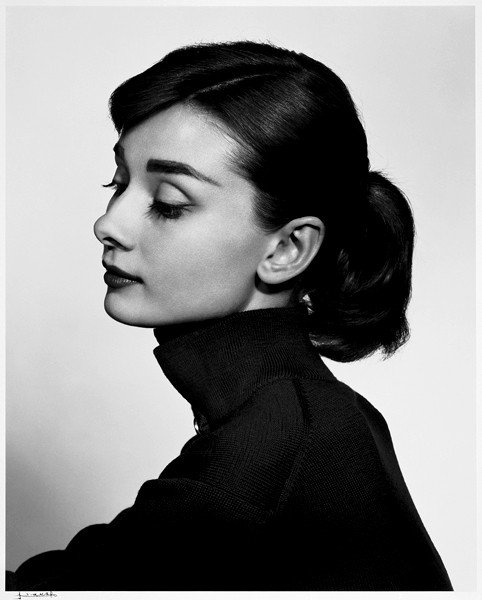
Audrey Hepburn, Yousuf Karsh 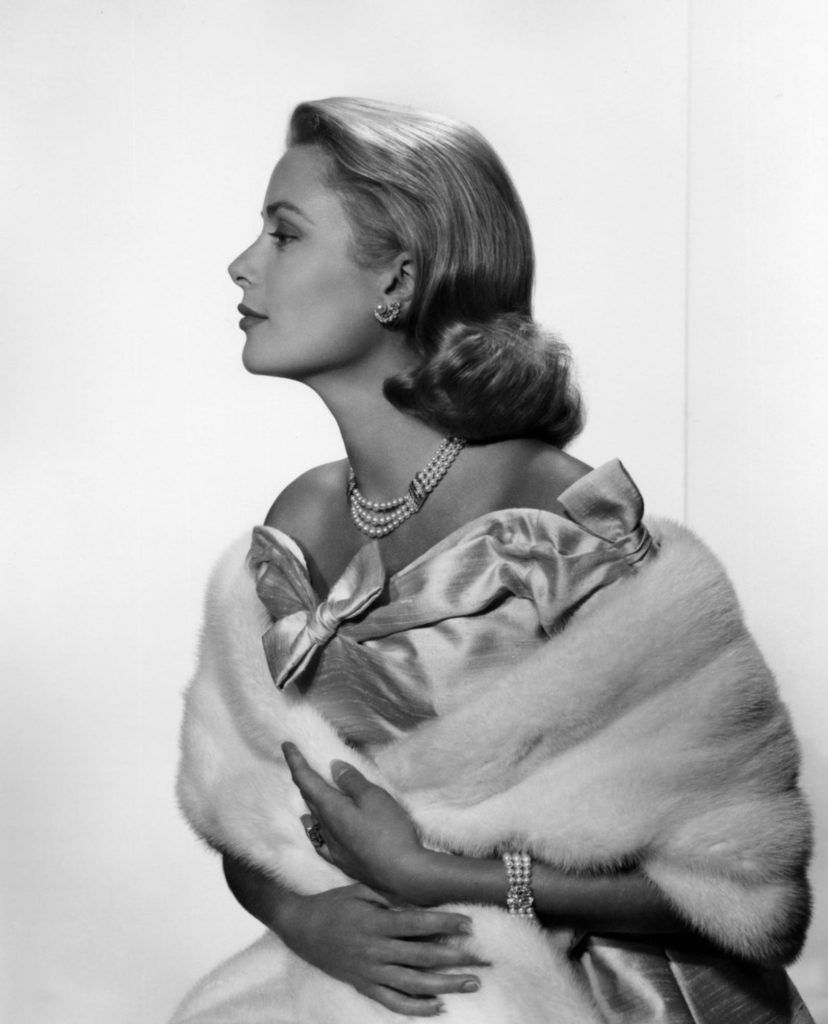
Princess Grace, Yousuf Karsh


